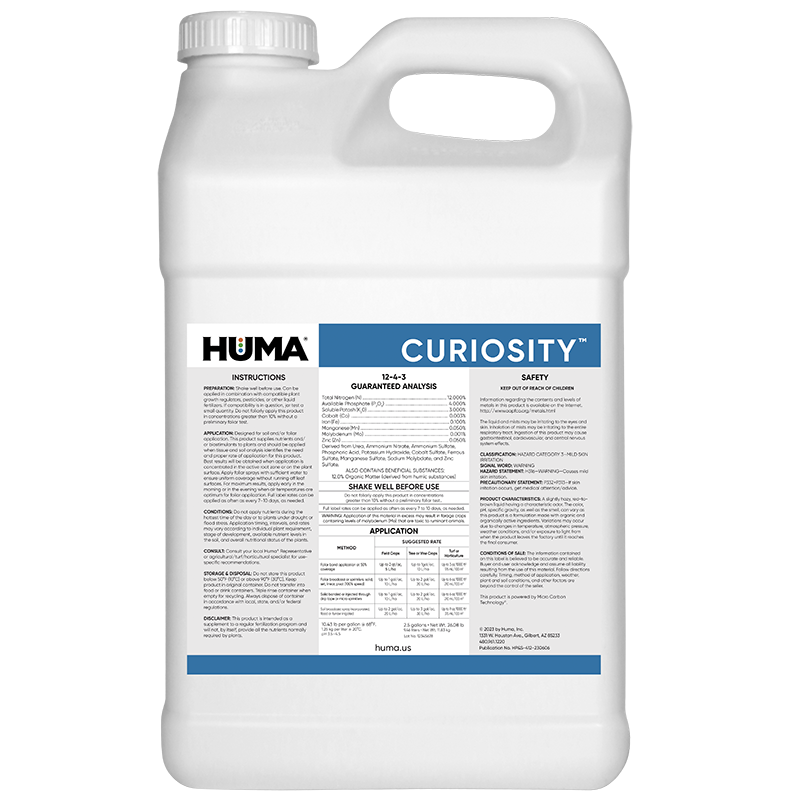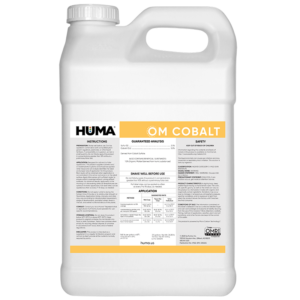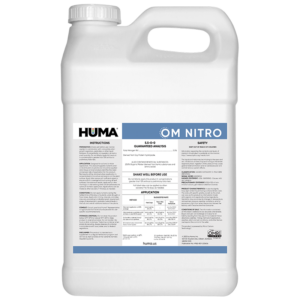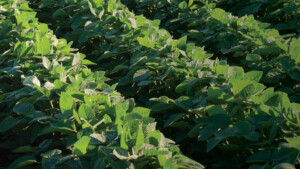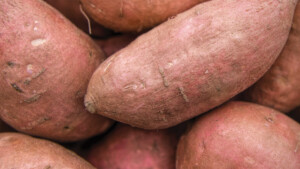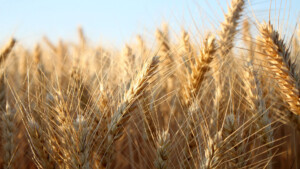CURIOUSITY
Benefits of Use:
- Improves overall health and vigor by increasing essential nutrient levels and supporting soil microbial activity
- More consistent and sustained turf color and texture
- Simulates root growth
- Increases stress tolerance
Deficiency Symptoms—When to Apply:
- Turf stress caused by nutrient deficiencies, insects, disease, weather, chemicals, or mechanical damage
- Poor nutrient retention in sandy soils
- Discolored turf
- Shallow rooting
FAQs
Related Products
Related Case Studies

Huma® Fertil Soil® Increases Corn Yield With 260% ROI
Background Application of Fertil Soil® to soils in combination with other Huma® fertilizers at various locations previously resulted in crops with improved plant growth and higher yields. Applying Fertil Soil® with grower standard products or as a single product application to soil and leaves could also impact results. Objective The focus of this study was
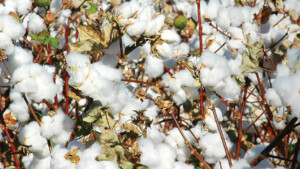
Huma Pro® Mix, pH-Stable Liquid Humic Acid Product, Increases Cotton Lint Yield
Conducted by: Bruce Kirksey, PhD, Agricenter International, Memphis, Tenn. Huma® Product: Huma Pro® Mix Background Scientific research shows that humic and fulvic acids are biostimulants—enhancing nutrient availability and uptake, improving plant root growth and mass, and impacting both crop yield and quality. Humic acid products are not all the same. They are marketed in solid

Huma® Zap® Increases Cotton Lint Yield by 125.8 lb/A, With 67% ROI
Background Application of Zap® to soils in combination with other Huma® fertilizers at various locations previously resulted in crops with improved plant growth and higher yields. Applying Zap® with grower standard products or as a single product application to soil and plants could also impact results. Objective The focus of this study was to observe
Related Blog Posts

This Week In Ag #102
All four faces on Mount Rushmore are farmers. Along with being the father of our country, George Washington was a father of regenerative agriculture, implementing intense crop rotation (he grew 60 different crops), cover crop practices, manure management, and grazing from multiple livestock species on his 8,000-acre Mt. Vernon farm. Thomas Jefferson, considering himself “first a

This Week In Ag #98
Oilseeds are now a lightning rod. America’s top ag export, accounting for over $40 billion, is at the center of a heated debate on the state of America’s health. The appointment of RFK Jr. to head Health and Human Services will do nothing to ground the conversation. He’s been outspoken in his view of how seed oils

This Week in Ag #66
When asked if he was finished with planting, dad would frequently respond by saying, “the first time.” His cynicism aside, replant decisions can be difficult. This year, too many growers are faced with that decision. If you plant when the soil is cold and wet, you’re inviting problems. But even if you plant in good soil conditions,

